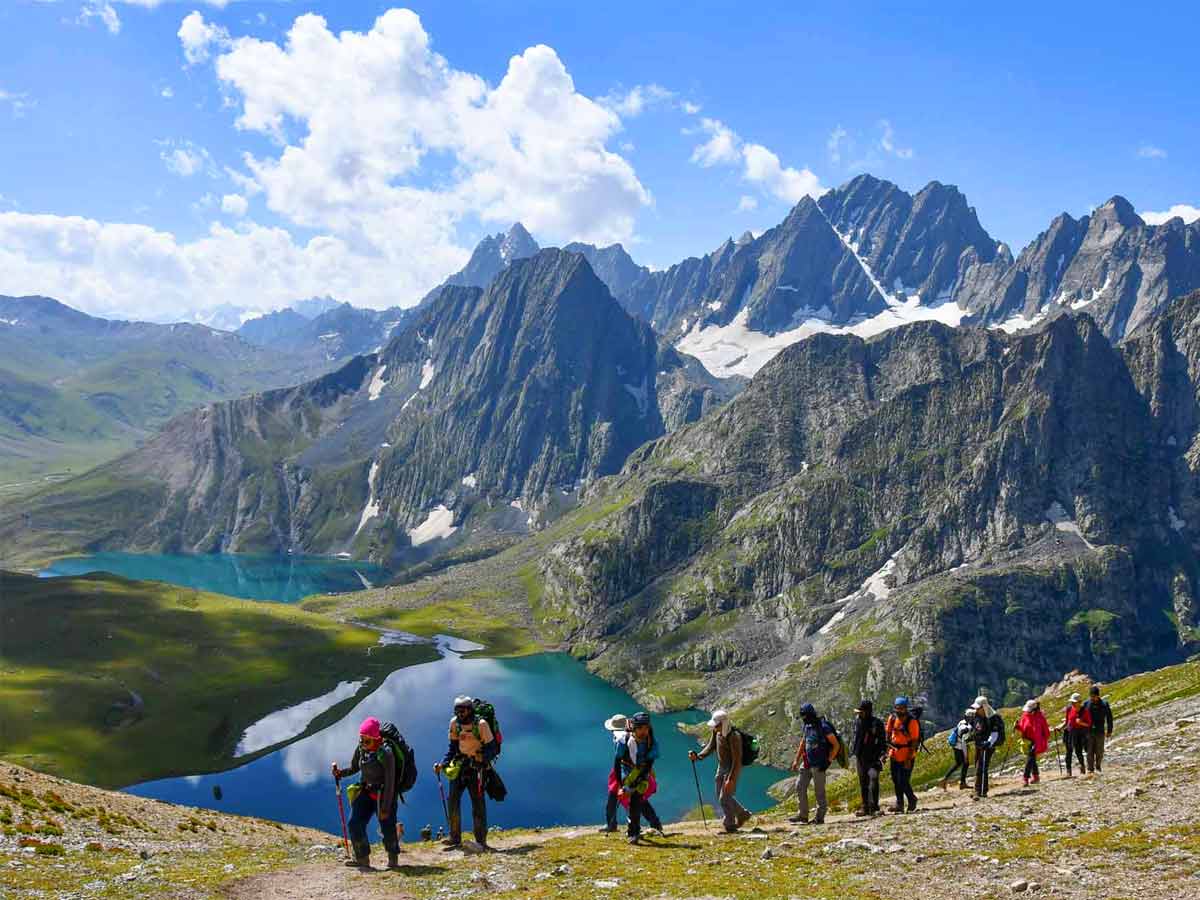The Kashmir Great Lakes Trek is one of India’s most stunning hikes. This hike is located above Sonamarg (or Sonmarg), located immediately before the Zozila Pass on the Srinagar-Leh route. Kashmir’s genuine beauty may be seen in the secluded valleys that are not accessible by road. This journey, which has several magnificent mountain lakes across its routes, was likewise inaccessible to people until a few years ago.
This trip takes around eight days to complete, but the panoramas leave you with memories that will last a lifetime. Because it is a moderate level trek. It can be undertaken by fit but inexperienced trekkers or even some first-timers.
Many of the lakes on this journey are named after Hindu gods. They have intriguing legends about their creation and existence. Gangabal, Vishansar, Krishnasar, and Gadsar are the most beautiful lakes on this walk.
DIFFICULTY LEVEL: MODERATE
BASE CAMP: Sonmarg
MAX ALTITUDE: 13750 feet
DURATION: 8 DAYS AND 7 NIGHTS
JULY, AUGUST, AND SEPTEMBER ARE THE BEST MONTHS
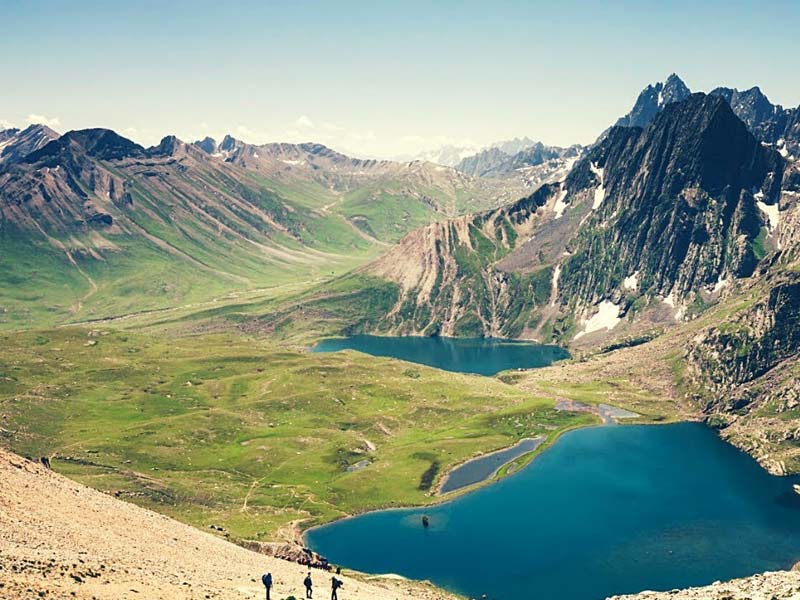
TIPS FOR THE KASHMIR GREAT LAKES TREK
- Always take an ID card with you on this hike since you will pass through several army camps.
- Always carry a raincoat as the weather can change at any time in the mountains, especially on this trek.
- A trekking pole is required since there are several steep ascents and descents on this journey, and a trekking pole decreases the stress on the knees by up to 30%.
Also Read, Everything you need to know about Chadar Trek
COVID Update and Guidelines (as of June 15, 2021):
- According to the most recent information, it is MANDATORY for all passengers/travelers arriving in Srinagar to undergo a COVID test (Rapid Antigen Test). According to COVID protocols, you will require a negative report to proceed with the scheduled tour without isolation.
- In the lodge/homestay/hotel, general COVID social distancing and hygiene must be observed, particularly in communal spaces. It is essential to have masks and sanitizers on hand.
- As travel becomes more accessible, government recommendations and state/UT guidelines are continuously altering. Please check for the most recent changes before departing.
Now let’s tell you more about the beauty of Kashmir Great Lakes Trek.
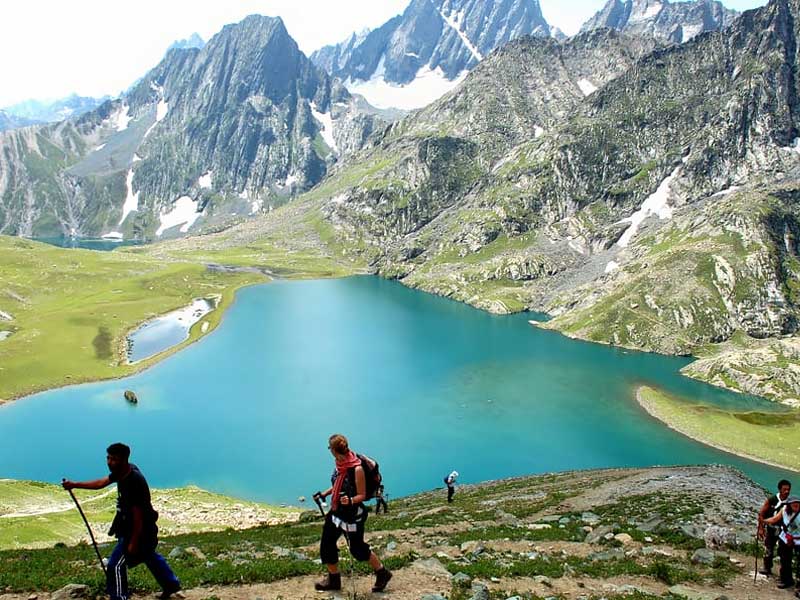
The Kashmir Great Lakes Trek does not require an introduction. It is the proem in and of itself. You can create a preface merely by hearing its name. Kashmir is a lovely destination, and if you go on a Himalayan trip, you will undoubtedly experience natural beauty and adventure. The Kashmir Great Lakes Trek provides a once-in-a-lifetime experience of vintage memories that are wonderfully exhausting. The thundering stillness of the Kashmir lakes and their virgin beauty is spellbound. Aside from the lakes, the desolate milky snow-clad mountains stand tall and majestic.
The logical destination for this journey is Kashmir, often known as the Earth’s Paradise. The journey lasts around 7-9 days and is typically classified as moderate in trekking difficulty. The height is roughly 13000 feet, and the distance is about 63 kilometers. You will discover so much about yourself on such a rewarding journey — physically, intellectually, and emotionally. Nothing can substitute or prepare a trekker for the crucial and contradictory feelings of whether his body can withstand such pressure and if he will make it or not. However, the thrill of arriving at the objective is palpable.
This trip will always be a joyful and cherishing journey for the trekkers who make a few preparations.
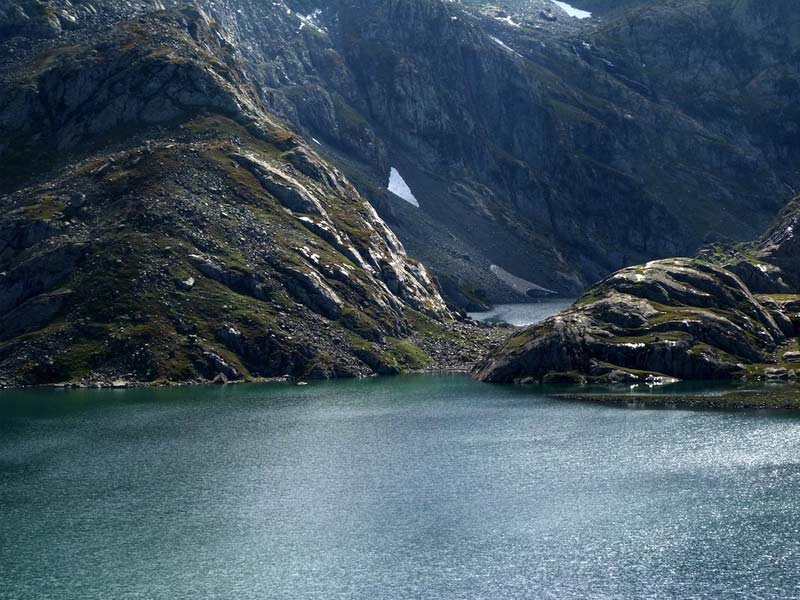
Because the Kashmir Great Lakes Trek requires physical fitness, you must take care of your health, form yourself well, and be fit and excellent. Trekkers can prepare for their journey by working out frequently in the gym and running, incline walking, cycling, cross-training, and stretching daily. Mental fitness is just as vital as physical wellness.
To get into the specifics of the journey, it typically begins around 3 kilometers outside of Sonamarg, on the Srinagar route. A few dhabbas can be found along the road. Trekkers should stop here for a quick bite to eat because the next sign of habitation will be at Naranag, which will most likely signal the end of the trail.
After a few miles, the route enters a lush meadow with views of Sonamarg. Trekkers approach the starting line of Maple and Pine trees at the top of the meadows. What follows is a deep, dense forest of Maple trees with a lovey-dovey feel to it. This journey in India has always been a one-of-a-kind experience.
Throughout this trip, you will always be in the meadows. The greatest time to experience the Kashmir Great Lakes trip is between June and September, when the foliage and blossoming flowers peak. This is done so that a novice trekker can also participate in this trek.
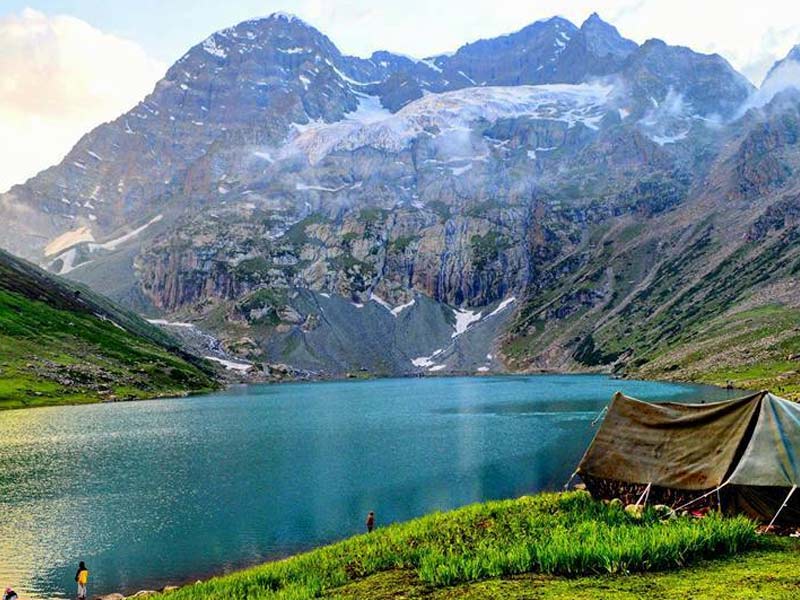
Trekkers may enjoy the crystal clear view of the neighboring settlements downstream, notably Sonamarg, as they go through the Maple trees uphill. Every aspect of nature blends together to form a stunning image. The route descends into another meadow dotted with Silver Birch trees and a few shepherd cottages from here. The area of Shekdur is marked by massively tiny brooks battling through meadows and snowy summits of little mountains. On this journey, Shekdur is the only campsite with trees. As a result, it is an add-on in your clicks. The sun rays cutting through the woodland on your journey, on the further following, creates a beautiful contrast of dark and light.
The route continues to rise back into a river valley, which marks the beginning of Nichanai. You’ve entered a vast valley surrounded by peaks.
The Vishansar Lake is reached after passing through the tunnel-like Nichnai pass, a miles-wide meadow, and a tumbling cascade with the freezing cold composition of two atoms of Hydrogen and one atom of Oxygen. The trekker’s initial impression of the lake is its size and the surrounding landscape offered by the four mountains. It is followed by Kishansar Lake, which is barely 1.2 kilometers away.
It is surrounded by a large grassland. The path ascends through a ridge. From the Gadsar pass, the highest point of this journey, you may get the most beautiful vista of the two gone-by lakes combined.
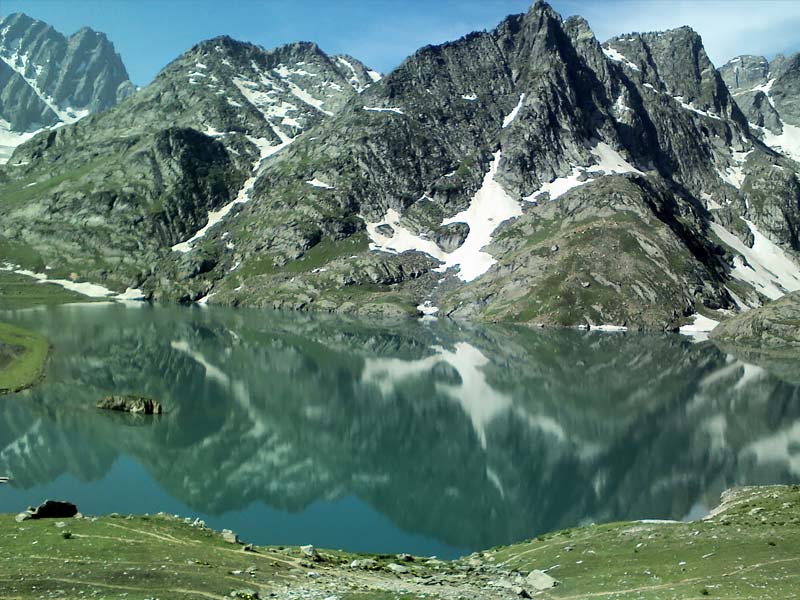
Then it’s time to go down. On the way back, the attention is drawn to Yamsir Lake, the unnamed lake, and Gadsar Lake, which are all linked by a creek. You will eventually get at Maengandob, which has a few deep craters. The scenery ahead is breathtaking, as you will see Satsar Lakes—a collection of seven lakes—as well as the twin lakes, the largest of which is Gangabal and the other to arrive, is Nundkol.
Your last destination, Naranag, welcomes you with breathtaking glaciers, meadows, and mountain peaks.
The Kashmir Great Lakes Trek journey will give hikers a wonderful taste of all terrain-numerous meadows, snow-clad glaciers, pinnacles, passes, rocky, barren regions, and struggling streams. The journey to the Great Lakes is worthwhile. It lives up to all of a trekker’s expectations. Nobody will ever go through what you will go through on this journey. It is a road to paradise and its virgin tranquillity.
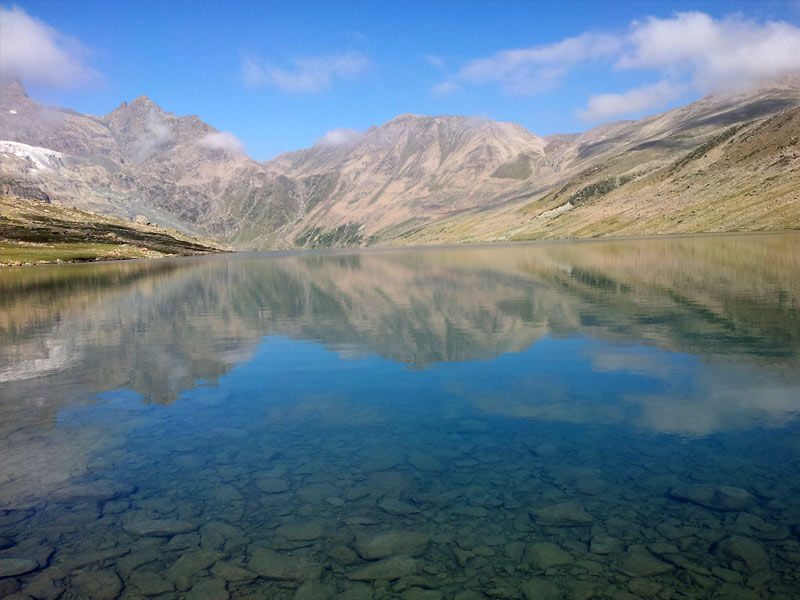
Trekkers must be prepared with the appropriate equipment while trekking. Aside from professional hiking equipment, items such as trekking shoes and trekking poles are essential. Luggage or carry-on bags should be as light as feasible. Trekkers must never sacrifice their bodies’ needs. It’s important to understand your own body’s needs rather than rely on the preferences of others. The Kashmir Great Lakes Trek is not for children, although children as young as 10 can participate. It will be in your best interests.
Also Read, Himachal Less Travelled: About Sach Pass
KGL trek: Altitude & Distance Profile Chart:
The trekking trail’s profile is shown below as an example. On the actual path, there will be additional undulations (ups and downs).
Who is allowed to go?
A first-time applicant must be interested in hiking and mountaineering.
The climber must be healthy and have the energy to traverse 5 kilometers in 30 minutes without tiring.
The climber should be able to carry a rucksack weighing between 10-15 kilograms.
Heart problems, high blood pressure, asthma, and epilepsy cannot be reconciled on this mission. The climber must not be suffering from any of the aforementioned problems.





















